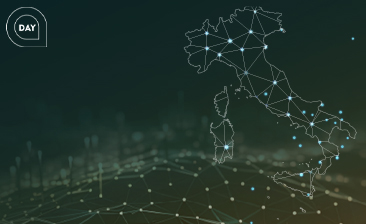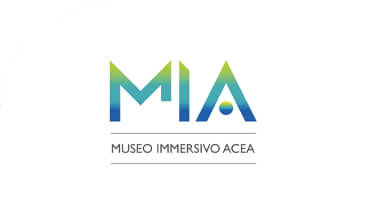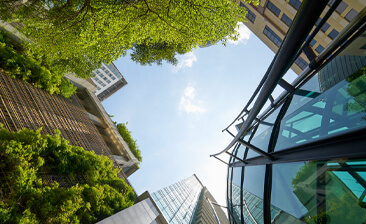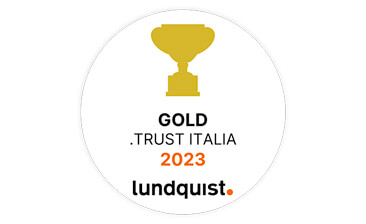
Acea for World Energy Saving Day
We operate in rapidly evolving sectors, influenced by certain global dynamics as well as by regulatory aspects.
Within a scenario marked by long-term trends associated with the ecological transition and by global events, we are constantly monitoring the reference situations, intercepting and analysing factors that are potentially important for our operations and strategies.
The year 2024 was characterised by a framework of increasing economic and geopolitical fragmentation, which forced companies to carefully monitor risk management scenarios and strategies.
However we note that, after the last few years, in 2024 the global economy experienced a process of normalisation, particularly showing a substantial rebalancing in the energy markets.
The grounding of investments envisaged by the 2024-2028 Business Plan requires a profound understanding of scenario developments.
 Click on the numbers to find out more
Click on the numbers to find out more
The energy transition “trilemma” is about the need for operators to guarantee resource availability and quality, whilst respecting sustainability criteria.
The new technologies affect the management of assets, the role of the workforce and customer relationships. New skills are therefore required, with particular reference to engineers, technicians and STEM specialists.
The scenario also highlights situations of scarcity, both in terms of primary natural resources, such as water and natural gas, and at financial level (high cost of money) with a consequent rise in the price of production factors.
We operate in heavily regulated sectors. The reference regulatory framework is broad and articulated, according to the specific nature of the businesses managed (water, energy and environment).
2025 Guidance |
|
|---|---|
Capex:
|
|
EBITDA |
+ 2%/+ 3% |
NFP/EBITDA |
3.4 / 3.5x |
Discover the latest news and initiatives of the Acea Group

Acea for World Energy Saving Day

Visit the virtual museum about the history of the Acea Group

The channel for the commercial requests on land urbanisation

Acea turns the spotlight on the Rome Film Festival 2023

Acea is in the "Gold class" in the .trust research

Read more about our culture of inclusiveness